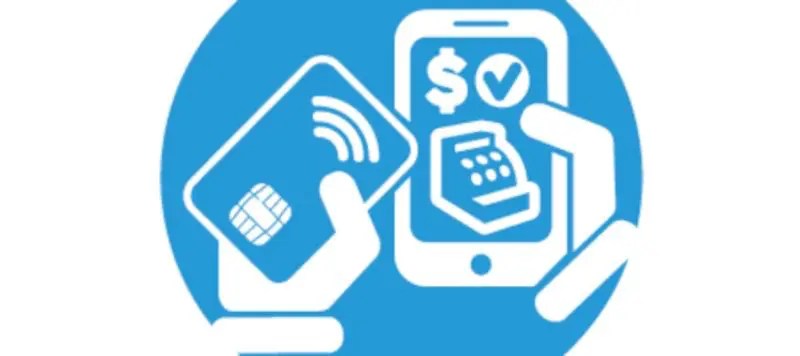The European Central Bank is opposed to Apple’s proposed changes to the iPhone’s near-field communication (NFC) at the core of Apple Pay, and has complained about it to the European Commission, reports AppleInsider.
Pietro Cipollone, a member of the executive board of the ECB, expressed the bank’s concerns over Apple’s proposal, the article adds. Cipollone explained that Apple’s proposed changes would be insufficient in several ways:
The letter argues that by not providing third parties with full access to the Secure Element of its NFC technology, Apple Pay maintains an unfair advantage against third-party payment apps on iPhone.
From the letter: We note that Apple’s proposed commitments would not give third parties full access to the secure element (SE), but only allow for the usage of Host Card Emulation (HCE). In comparison with providing full access to the SE, this proposal is expected to result in a user experience that is not at par with the user experience offered by ApplePay when it comes to authentication and transaction speed. This is why we believe that the current proposed commitments fall short of ensuring a truly equal level playing field for a third-party payment solution in terms of end-user experience for in-store payments with iOS smart phones. If the proposed commitments would also be applicable to a potential digital euro, they would not, per se, guarantee that digital euro payments made using iPhones were seamless and user-friendly.
Crucially, access to the SE is vital for mobile device based offline digital euro payments.3 4 Therefore, Apple’s proposed commitments, which do not provide full access to the SE of iOS smart phones, would not facilitate offline payments with digital euro on iPhones. We understand that the Commission’s antitrust investigation, and Apple’s proposed coNFC technology, are limited to in-store payments with iOS smart phones. We want to point out that this leaves unaddressed the issue of restricted access to NFC technology in several other payment scenarios:
▪ For the use case of in-store payments, wearables such as Apple Watches are excluded. This would mean that payments made using wearables would always go through ApplePay and not a third-party payment app.
▪ For the use case of in-store payments, merchant acceptance is not included in the proposed commitments. As a result, the ability of merchants to accept payments with Apple devices other than through ApplePay might be limited.
▪ The use case of e-commerce is entirely excluded. This could imply that third-party payment apps could not offer a user experience at par with ApplePay in e-commerce and m-commerce instances where SE access is necessary in order to check out directly without being redirected to a separate app.
▪ The use case of person-to-person payments is entirely excluded. We note that this use case is crucial for the digital euro as recognised in the proposal for a regulation on the establishment of the digital euro.
What is NFC?
NFC allows devices which are equipped with the technology to share data when they’re in very close proximity (around four inches). We’ve noted that NFC already comes as standard in some new smartphones. It can also be found in a wide range of other devices, including laptops and tablets. NFC chips are also common in contactless-enabled credit cards. Devices equipped with NFC chips can thus be used to exchange small amounts of data between one another.
The main difference between NFC and, for example, Bluetooth is that it doesn’t require device discovery or manual pairing to share information. NFC enables two-way communication between devices once they’re within that four-inch distance. That’s without the use of WiFi or 4G. NFC is an evolution of radio frequency identification (RFID) technology, which uses readers to decode data transmitted via radio waves.
Because NFC has such a limited radius, it offers a reliable degree of security. This has done much to assist its popularity with the general public, by reassuring consumers that they can make contactless payments safely. Above all, however, NFC has been a hit with consumers because of its simplicity. It allows them to make purchases without the hassle of carrying cash, and it’s also quicker and simpler than chip-and-PIN payment.
Article provided with permission from AppleWorld.Today


